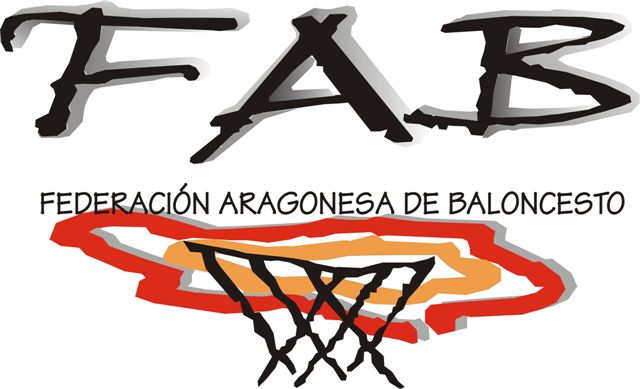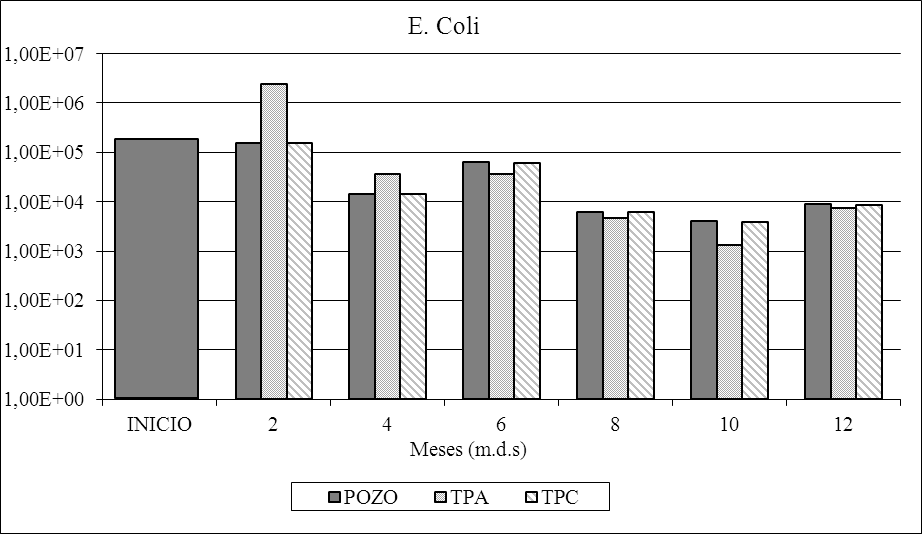BRIDGE CROSS SECTION SPREADSHEET INSTRUCTIONS THE PURPOSE OF THIS
12” X 414” BRIDGE PLANK SPECIFICATION HOTDIP GALVANIZEDTeach Engineering Stem Curriculum Lesson Designing Bridges
(UPLOAD FORM IN EBRIDGE) FULL CONNECTION DEACON AND ELDERS
010116 700b301d Bridge Load Rating Calculations and Summary (revised
1 Hotel 1868 1868 Massachusetts Avenue Cambridge ma 02140
10th International Conference on Short and Medium Span Bridges
BRIDGE CROSS SECTION SPREADSHEET
INSTRUCTIONS
The purpose of this spreadsheet is to provide bridge cross sections for comparison over a period of time. The cross sections will provide long-term data on local scour and streambed aggradation/degradation, and the spreadsheet will provide this data in a consistent format. The instructions for using the spreadsheet are as follows:
The spreadsheet is divided in two sections, APREVIOUS CROSS SECTION@ and ACURRENT CROSS SECTION.@ If available, MDOT will provide information on the previous cross section taken at the structure for comparison purposes.
The benchmark elevation and the reference elevation are not necessarily the same thing. The engineer taking the measurements will pick the location of the benchmark. It should be a fixed elevation at the bridge, for example, the top of abutment. If the actual elevation is not available, an assumed elevation (typically 100) may be used. Since this is for comparison purposes, it must be described in enough detail so that the measurements can be repeated at any time in the future. If the APREVIOUS CROSS SECTION@ information is filled out, use the same benchmark as previously used.
The reference elevation is the elevation that the "READING" will be subtracted from. This could be the benchmark elevation, but if the bridge is on a slope or camber, one reference that can be used is the water surface elevation. In this case, the distance from the benchmark to the water must be measured to obtain the elevation of the water, and the water surface elevation is entered as the AREFERENCE ELEVATION@ on the spreadsheet. The spreadsheet automatically subtracts the readings at each station from the reference elevation, so the reference elevation must be entered in cell H23 (Upstream face) or cell H59 (Downstream face) to make the automatic calculation work.
Stationing is always from left to right looking downstream. Station 0 is the left abutment. The minimum number of station points for the channel bottom is dependent on the width of the watercourse. If the watercourse is less than 20 feet in width, a minimum of 5 station points, one every 4 feet, is required. For widths equal to or greater than 20 feet but less than 50 feet, 5 to 10 equally spaced station points are required. For widths equal to or greater than 50 feet, 10 to 20 equally spaced station points (5 or 10 foot intervals) are required in the channel.
In addition to these points, the location of piers must be indicated by the stationing. For example, 25 and 28 with a description as Pier 1, indicates a 3 foot wide pier starting at station 25. Readings should be taken as close as possible to both sides of the pier or in front of the pier. Since scour holes typically occur at piers, it is important to take these readings.
The spreadsheet automatically graphs the cross-sections on the second and third pages of the spreadsheet. It will also graph the cross-section taken at the previous bridge inspection for comparison. For this reason, the cross-section points must be taken at the same locations that are shown in column A, under ASTATION.@ If there is no previous information, take points as directed in Item 2 above and enter the station points in column A.
Check the graphs to make sure that the cross-sections look reasonable and make any corrections necessary while at the site.
Submit a disk with the Excel file labeled with the control section and bridge number. For example, B01 of 06071 would be labeled 06071b01. Also submit hard copies of the data and graphs.
Any questions may be directed to Chris Potvin, Hydraulics/Hydrology Unit, 517-335-1919.
11152021 UTILITY FACILITIES ON BRIDGES PAGE 1 OF 1
13 FROM MARKET IMPERFECTIONS TO MARKET FAILURES SOME CAMBRIDGE
2013 TIANJIN NORMAL UNIVERSITY SUMMER PROGRAM AT CAMBRIDGE UNIVERSITY
Tags: bridge cross, and bridge, cross, spreadsheet, section, bridge, instructions, purpose
- A DEBT COLLECTOR MAY NOT HARASS ABUSE MISLEAD DECEIVE
- MICROCHIP UNVEILS THE MATHWORKS PLUGINS FOR THE MPLAB® IDE
- PATVIRTINTA LIETUVOS MOKSLO TARYBOS PIRMININKO 2014 M VASARIO D
- 19 POSITIVE HUMAN RIGHTS INITIATIVES BY COMPANIES FEATURED IN
- 4ANEXA NR 4 (CONTINUARE) ANEXA NR 4 GRUPUL OCUPAȚIONAL
- UFFICIO DEL SEGRETARIO GENERALE SERVIZIO PER LE FUNZIONI ISTITUZIONALI
- MATERIALES PARA TRABAJAR LA EDUCACIÓN EN VALORES A PÁGINAS
- [DATE] DEAR PARENTGUARDIAN OF SCHOOL YEAR 20152016 IS AN
- PRODUCCIÓN MASIVA DE CRÍAS DE TILAPIA (TILAPIA SPP) EXPERIENCIAS
- MUĞLA ÜNİVERSİTESİ 20112012 EĞİTİMÖĞRETİM YILI AKADEMİK TAKVİMİ GÜZ YARIYILI
- UTHMPPUPP022020 PIN 1 BORANG PERAKUAN SYARAT PENGESAHAN DALAM PERKHIDMATAN
- EXPOSICION DE LA REPUBLICA ARGENTINA ANTE LA II SESIÓN
- 2 DECEMBER 2003 RIKTLINJER FÖR ST I ALLMÄNMEDICIN I
- NO DE PROCEDIMIENTO GARE01002 PÁGINA 6 DE 6 20101129
- CARGA MASIVA DE INFORMACIÓN ESTRUCTURA DE ARCHIVO LA ESTRUCTURA
- ENTERPRISE BIZNIS PLAN OBRAZAC PREDUZEĆE DATUM KONTAKT
- 46 ELEKTRONINIO BILIETO SISTEMOS NUOMOS PASLAUGOS PIRKIMO TECHNINĖ SPECIFIKACIJA
- UNIONE ITALIANA DEI CIECHI E DEGLI IPOVEDENTI ONLUS APS
- MANUAL DE BIOQUÍMICA I BQ1LQ01 PRACTICA 3 ESPECTROFOTOMETRÍA PRA03
- MINISTARSTVO ZDRAVSTVA I SOCIJALNE SKRBI 3096 NA TEMELJU
- NA PODLAGI 109 ČLENA ZAKONA O LOKALNIH VOLITVAH (URADNI
- CENTRALIZATOR ACHIZITII (VALOARE CONTRACTE PESTE 13000 LEI FARA TVA)
- UNIVERSIDAD DE BUENOS AIRES FACULTAD DE CIENCIAS SOCIALES SEMINARO
- JOSÉ PEDRO MANGLANO CASTELLARY CONSTRUIR EL AMOR AMAR NO
- CIMR RESEARCH WORKING PAPER SERIES WORKING PAPER NO 4
- D&C MAC SHEET STEEL SECTIONS SECTION 085662 STEEL DETENTION
- CRITERIOS TÉCNICOS GENERALES QUE DEBERÁN OBSERVAR LOS SUJETOS OBLIGADOS
- COSA HANNO INVENTATO I MONACI BENEDETTINI ? I MONACI
- MANUAL DE USUARIO PRESUPUESTO PROYECTO SIGAF 106231DOC5 45
- 1256 EITHER CAT PERCUTANEOUS CORONARY INTERVENTION EFFECT OF BASELINE
 ZAMÓWIENIE NA USŁUGI SPOŁECZNE O WARTOŚCI MNIEJSZEJ NIŻ KWOTY
ZAMÓWIENIE NA USŁUGI SPOŁECZNE O WARTOŚCI MNIEJSZEJ NIŻ KWOTY PEDRO MANONELLES PRESIDENTE DE LA ASOCIACIÓN ARAGONESA DE MEDICINA
PEDRO MANONELLES PRESIDENTE DE LA ASOCIACIÓN ARAGONESA DE MEDICINACOMPONENTS OF ORGANIZATIONAL CAPACITY CAPACITY IS AN ABSTRACT TERM
 MANUAL DE ORGANIZACIÓN CÓDIGO MO VERSIÓN 01 FECHA EDICIÓN
MANUAL DE ORGANIZACIÓN CÓDIGO MO VERSIÓN 01 FECHA EDICIÓN TEACHER REVIEWER SLO TITLE DATE
TEACHER REVIEWER SLO TITLE DATE  LEARNER PACK DEALING WITH WORK SITUATIONS UNIT CODE
LEARNER PACK DEALING WITH WORK SITUATIONS UNIT CODE 15 XVI CONGRESO NACIONAL DE DERECHO SANITARIO
 CONTRATO DE GARANTÍA MOBILIARIA DE CRÉDITO DE DINERO
CONTRATO DE GARANTÍA MOBILIARIA DE CRÉDITO DE DINERO PROF DE ARTES PROF MA ADELA ORTIZ CORREO ELECTRÓNICO
 TÍTULO DEL ARTÍCULO [PROGRAMA] [(AÑO)] COMO ESCRIBIR UN ARTÍCULO
TÍTULO DEL ARTÍCULO [PROGRAMA] [(AÑO)] COMO ESCRIBIR UN ARTÍCULOÐïࡱáþÿ ¥áy ¿mbjbjówów hx91x91å} Ÿÿÿÿÿÿ]êêê ô Pppdddddx80tdòè({ x89 dí
 AKADEMIA VOL10 NO 2 AGUSTUS 2006 BAJONGGA SILABAN
AKADEMIA VOL10 NO 2 AGUSTUS 2006 BAJONGGA SILABAN SESIÓN INTRODUCCIÓN A LA MITOLOGÍA CLÁSICA (1) LÍNEAS GENERALES
 ŁĄCZNOŚĆ ŁĄCZNOŚĆ JEST ISTOTNYM ELEMENTEM DOWODZENIA I SŁUŻY
ŁĄCZNOŚĆ ŁĄCZNOŚĆ JEST ISTOTNYM ELEMENTEM DOWODZENIA I SŁUŻYANATOMY & PHYSIOLOGY 166 SPRING 2010 COURSE INFORMATION OBJECTIVES
 ASIA PAC J CLIN NUTR 200413 (4) 318323 318
ASIA PAC J CLIN NUTR 200413 (4) 318323 318 HRVATSKA AGENCIJA ZA POŠTU I ELEKTRONIČKE KOMUNIKACIJE PODACI O
HRVATSKA AGENCIJA ZA POŠTU I ELEKTRONIČKE KOMUNIKACIJE PODACI OREPORT DOCUMENTAZIONE SCIENTIFICA ASSEGNISTA NOME CHIARA COGNOME DE LUZENBERGER
ZAGADNIENIA NA EGZAMIN MAGISTERSKI (IIº) DLA KIERUNKU ZOOTECHNIKA 1
SUGGESTIES TE NODIGEN PERSONENORGANISATIES RTG GEWELD OP HET VELD